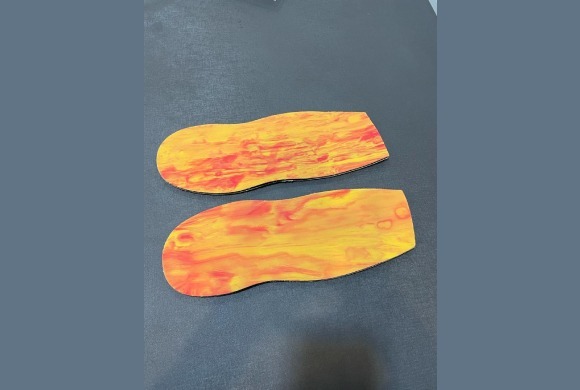Foot Assessment
For the assessment of foot pain, knee, back pain, and sports injuries. Treatment usually involves the prescription of insoles to correct foot function. We have a range of off-the-shelf and custom-made bespoke insoles to suit every budget.
The first thing we do is talk (and listen) to what you have to say, what problems you are having be it foot, knee, or lower back pain. We will establish what footwear you wear, where you work, what you do for a job, and what leisure activity you participate in as these can all have a bearing on foot and foot-related problems. We will also look at wear patterns on your shoes to try and get clues as to what is happening when you walk.
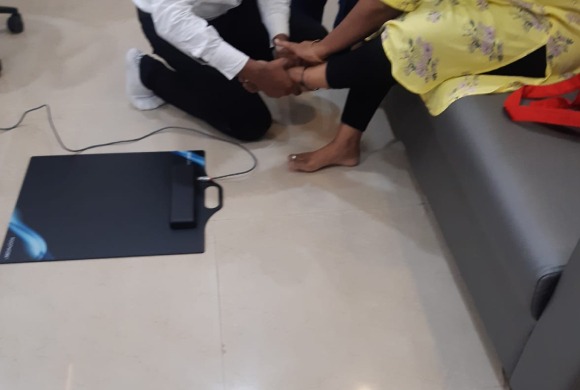
Foot Scanning
The next thing we need to do is analyze the position of the bones in your feet as this will affect alignment. For this, we use a piece of equipment called a Podascope. With your shoes and socks off and pants rolled up to your knees we can determine whether you are an Over Pronator, Over Supinator, or have normal feet. We can also look at your lower leg alignment and weight distribution patterns under your feet.
1. Static Foot Scan
2. Dynamic Foot Scan
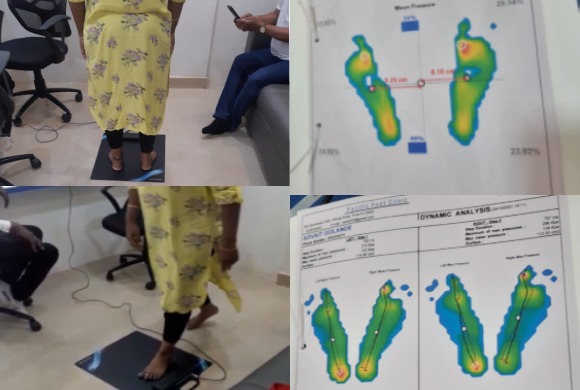
Insole As Per Your Foot Requirement
Insoles help provide an added layer of absorption that helps protect your feet as well as the rest of the body. They can reduce pressure shock, reduce neck, hip, and back pain, and prevent the discomfort from spreading. After Foot Assessment and Foot Scanning, we will select a perfect Insole for your feet.
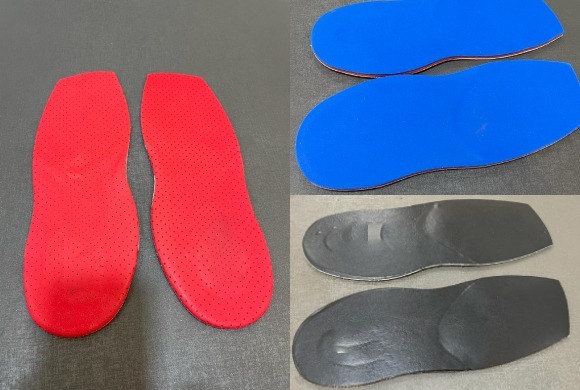
Insole Moulding
We then move on to the HD Vac to take a mould of your feet. This piece of equipment is simply two rubber bags filled with extremely fine Silicon sand and connected to a vacuum pump. We stand you on the bags, maneuver your foot into the correct position, and then suck all the air out. This procedure provides us with a perfect footprint from which to make your insole. Whilst we are taking the mould a pair of pre-selected, flat insoles will be warming up on the Modulab, a microprocessor-controlled vacuum heating unit. The warm insoles are then carefully positioned onto your foot molds and you stand on them again, thereby easing the insoles into the shape of your feet.
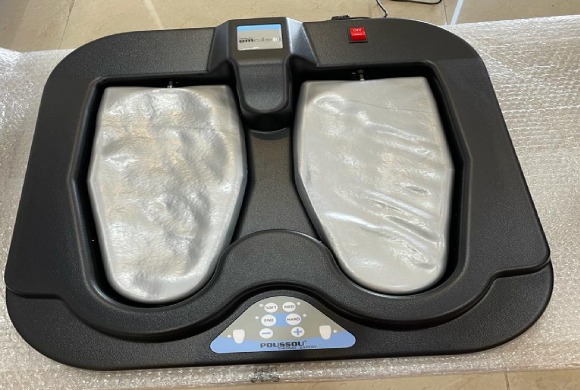
Solution For Your Foot Pain
The insole is now almost finished but we need to strengthen the medial arch area and stabilize the rear foot. To do this we glue a heel stabilizer to the underneath of the insole which reaches from the back of the heel to just behind the metatarsal heads. The stabilizer is ground down flat under the heel to introduce rear foot stability and we then grind under the medial arch. The amount taken out is determined by the weight of the customer and the type of footwear the insoles are intended for.
